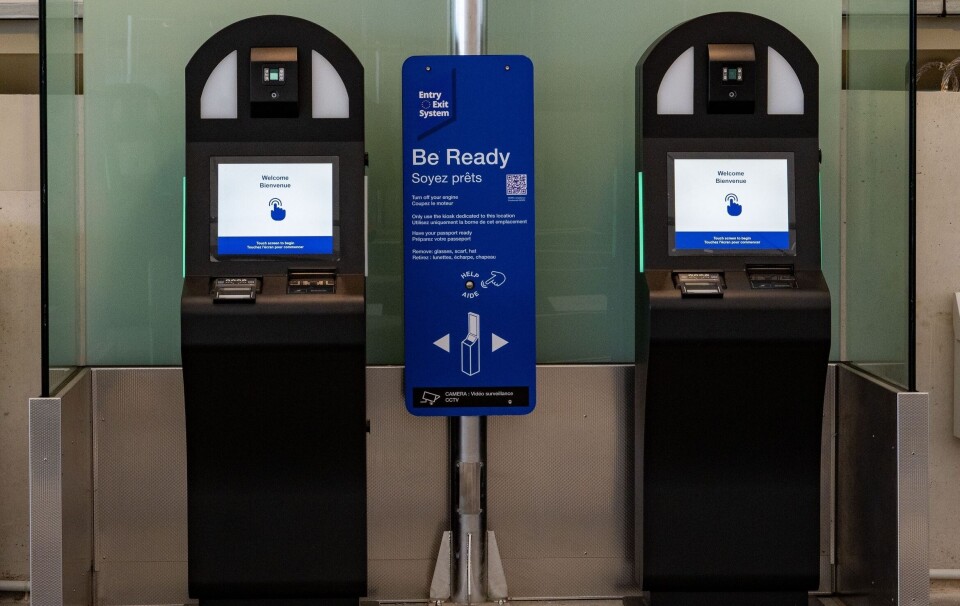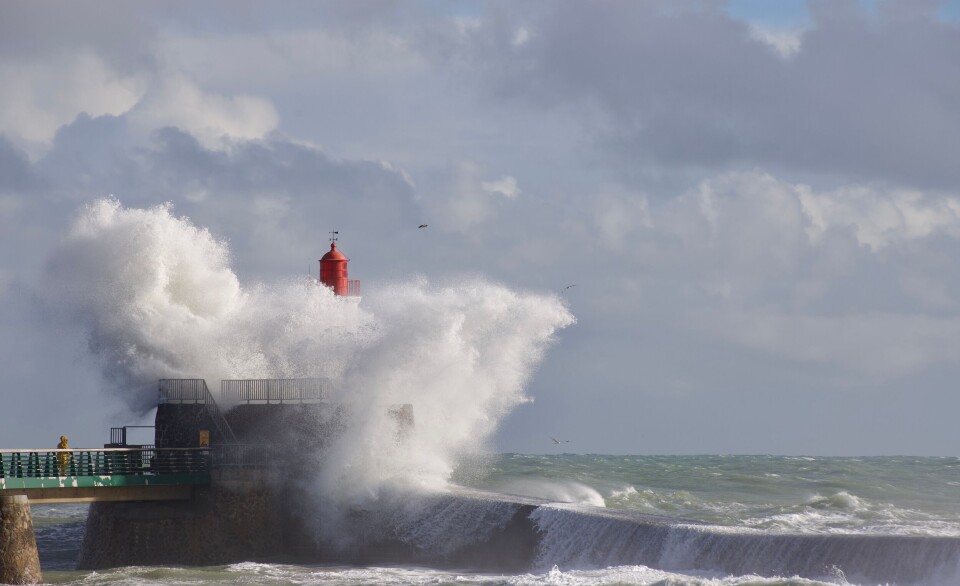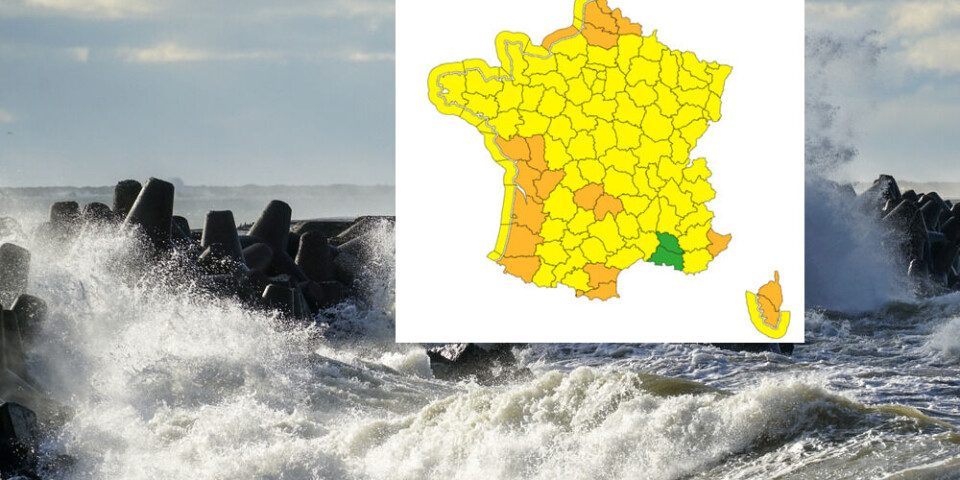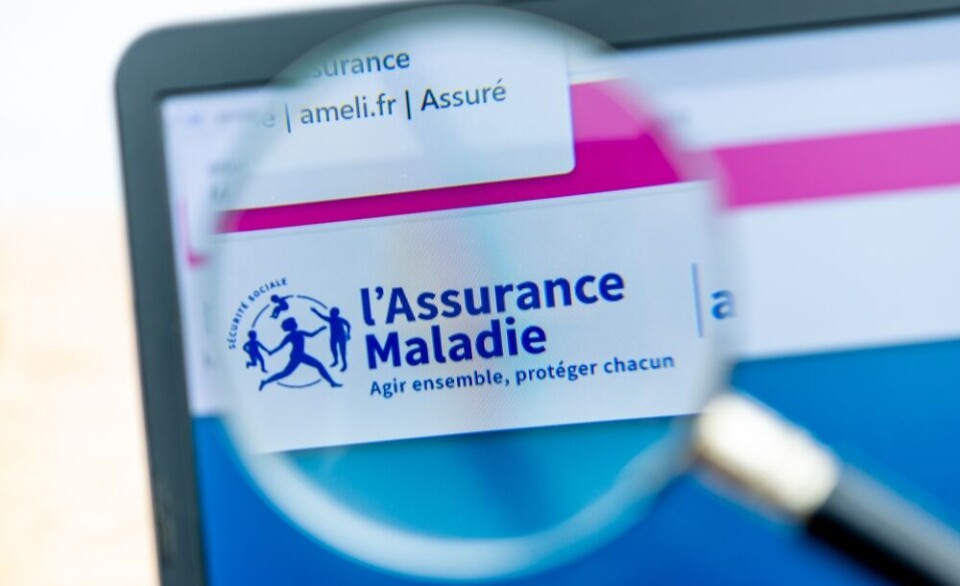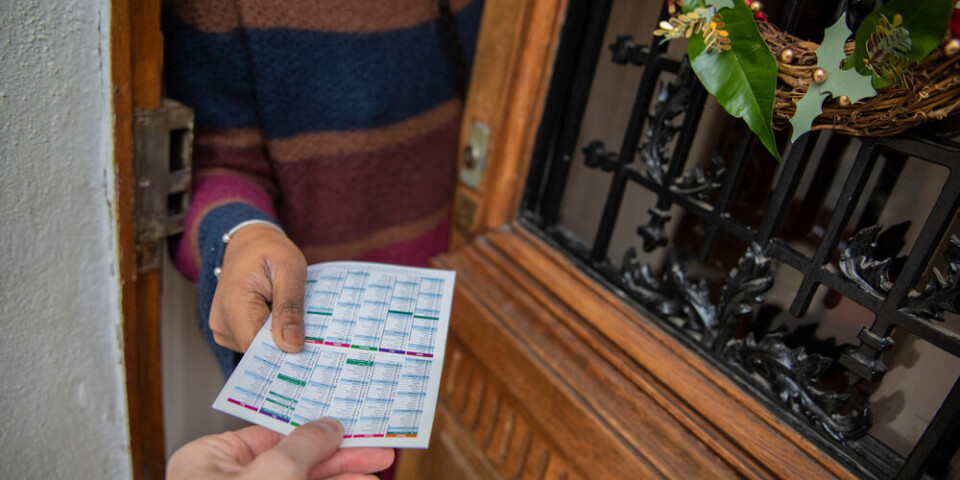-
Tour de France 2026 route revealed - does it pass near you?
Both the men’s and women’s races will begin outside of France
-
Manufacturer of vehicle used in Louvre burglary unveils new tongue-in-cheek ad
The company is drawing attention to its unexpected link with the high-profile theft
-
Most French departments on alert as Storm Benjamin arrives
One reported dead and several injured due to river flooding and gales as 140,000 homes lose power
Lille exhibition shows how the town became French
A new digital exhibition by the French town of Lille (Hauts-de-France) has documented the moment when the town became part of France, 350 years ago this month.

According to the town’s archives, King Louis XIV arrived in the town in 1667, laying siege on the town, as the struggle for Lille’s sovereignty persisted for 15 days. At that point, Lille was under Spanish rule, having come under the authority of the Holy Roman Emperor Charles V in 1519, and his eldest son, Philip II of Spain, in 1555.
On the 16th day of the siege, however, the Spanish governor Spinola had had enough. He helped draw up a historic document that would change the course of Lille’s history forever: his conditions for “capitulation” or surrender, and a change from Spanish rule to French.
King Louis XIV read the document, and added his own conditions to what would become known as the Treaty of Aix-la-Chapelle.
Lille would finally become part of the Kingdom of France again.
Now, a new online exhibition from Lille has told the story of this historic event, using the municipal archives.
Through the specific website, visitors are shown the story of the battle, the siege, and exactly how the “capitulation” document changed the destiny of the town and its inhabitants - not all of whom were, at the time, happy to return under French rule.
The course of Lille’s history had changed forever, and it had also marked a victory for a man named Vauban, the leader of the initial siege, whose actions had proved instrumental to bringing Lille back under French rule.
To thank him for his efforts, the Sun King then named Vauban governor of the town, and enabled him to build significant fortifications in the town, including the well-known Citadelle construction in 1667.





